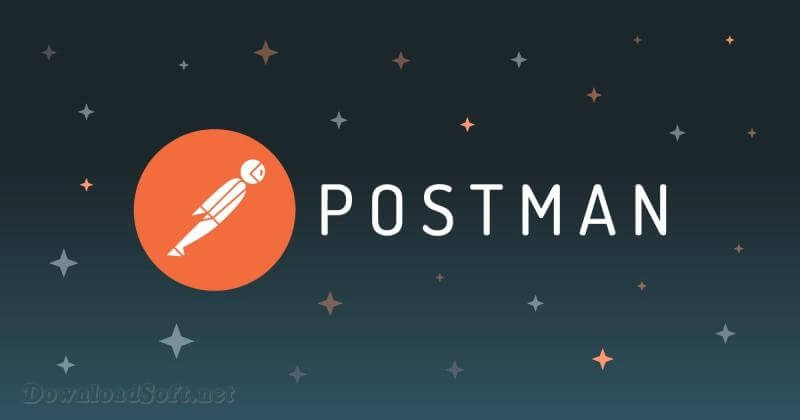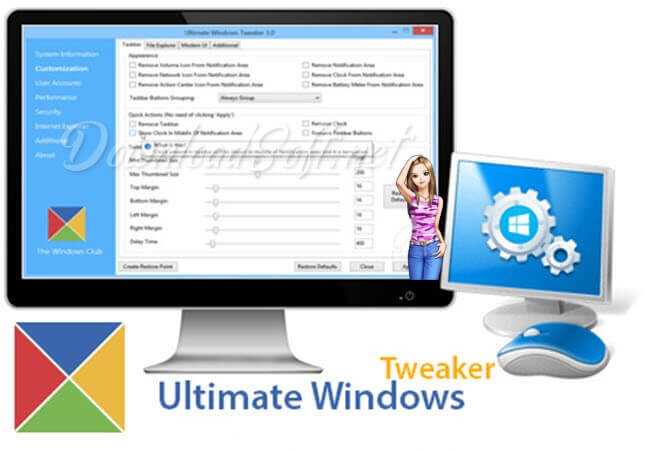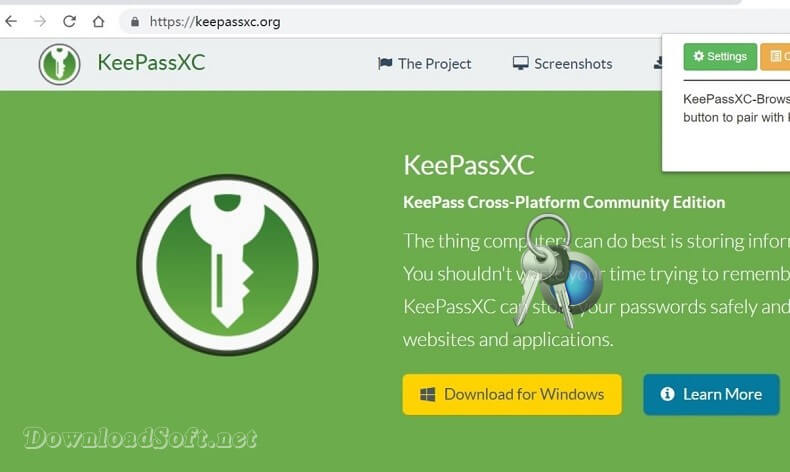Download WhatsApp Free 2025 for Windows Desktop and Mac
Download WhatsApp Free 2025 for Windows Desktop and Mac
The WhatsApp’s versatile app allows you to maintain seamless communication anytime, anywhere, whether you’re on your phone, at home, or in the office. It offers the convenience of sending free messages directly from your desktop, mirroring the conversations and messages on your mobile device. The app provides a user-friendly interface that closely resembles the web-based version, designed as an extension of your smartphone’s functionality.
The Ultimate Messaging App
It’s available for Windows 11, 10, 8, 7, and Mac and syncs with your mobile device. Since the app is native to your desktop, you’ll get better support for native desktop notifications and keyboard shortcuts. When the app finally got voice dialing last year, you left us with just one question: when are we getting a video? Well, it’s happening now.
Just like the web app, the new desktop app lets you share messages with friends and family while your phone stays in your pocket. You need to install the app on your mobile phone to use WhatsApp on your computer. This tool supports Windows, 32/64 bit, and Mac versions.

Easy to Use
One of the best things about it is that it’s easy to use. It’s available on both Android and iOS devices, and it can be downloaded from the respective app stores. Once you’ve downloaded it, you need to register using your phone number, and you’re good to go. The user interface is clean and simple, making it easy for users to navigate and find the features they need.
Features
Keep talking
Using WhatsApp on the web and desktop allows you to seamlessly sync all your chat history and conversations across multiple devices. This enables you to access your messages, media, and communication on any device that best suits your needs, whether it’s your computer, laptop, or smartphone. To get started, simply download the WhatsApp desktop application or visit the web.whatsapp.com portal and follow the instructions to link your account and start chatting on your preferred device.
Groups to stay in touch
Stay connected with your important social circles, such as family members or coworkers, by utilizing group chats. These group conversations allow you to receive a steady stream of updates, photos, and videos from up to 255 friends simultaneously. You can customize the group, including naming it, managing notification preferences, and more, to enhance your communication experience within the group.
Speak freely
With voice calls, you can talk to your friends and family for free, even if they’re in another country. With free video calls, you can have face-to-face conversations when your voice or text isn’t enough. The program’s voice and video calls use your phone’s internet connection, rather than your cell phone plan’s voice minutes, so you don’t have to worry about expensive call charges.
Sharing documents is easy
You can easily and securely share a wide range of digital files, including PDFs, documents, spreadsheets, and presentations, without the typical hassles associated with email or other file-sharing platforms. The service allows you to send documents up to 100MB in size, making it convenient to transfer even large files to the intended recipients with minimal effort.
WhatsApp Secure your connection
Some of your most personal moments are shared with the program, which is why we’ve integrated full encryption into the latest version of the app. When you’re encrypted from one caller to the next, your messages and calls are secure so that neither you nor the person you’re calling can read or listen to them, and neither of you, not even the tool, can.
Trusted messaging
Send free messages to your loved ones using the device’s innovative technology. The application leverages your phone’s existing internet connection, enabling you to communicate without incurring any additional SMS or text messaging fees. This convenient feature allows you to stay connected with friends and family at no extra cost.
Share moments that matter to you
Instantly share your cherished moments with loved ones by sending photos and videos directly to your mobile app. The built-in camera allows you to capture life’s special occasions with ease, preserving memories to be treasured. The app’s efficient file transfer capabilities ensure your precious media can be shared swiftly, even in areas with limited connectivity, keeping you connected no matter the network conditions.
📌 NOTE : WhatsApp must already be installed on the mobile phone.
✔ Also, it is available for Mac and WhatsApp.

End-to-End Encryption
It is known for its end-to-end encryption feature, which means that all messages, calls, and media sent through it are encrypted and can only be read by the sender and recipient. This feature ensures that your conversations are private and secure, and that no one else can access them.
Voice and Video Calls
It also allows users to make voice and video calls over the internet. The call quality is excellent, and it feels like you’re talking to someone in person. The voice and video calling feature is especially useful for users who have friends and family living in other parts of the world.
Status Updates
A unique feature called status updates. It allows users to share photos, videos, and text updates with their contacts. Status updates disappear after 24 hours, and users can see who has viewed their status. This feature is similar to Instagram Stories and is a great way to keep your friends and family informed about what you’re up to.
Whatsapp Web
It is a desktop version that allows users to access their accounts from their computers. It is especially useful for users who work on their computer and do not want to switch between their phone and computer. It is easy to use and you just need to scan a QR code on your computer screen using your phone.
Business Accounts
The platform also provides specialized business accounts tailored for small enterprises. These business accounts offer a range of features designed to enhance communication and customer service, including automated messaging, pre-set quick replies, and customizable label functionalities. By leveraging these business account capabilities, small businesses can effectively engage with their customers, provide efficient support, and streamline their overall communication workflows.

Conclusion
WhatsApp is the ultimate messaging app, with features like end-to-end encryption, group chats, voice and video calls, status updates, web, and business accounts. It’s easy to use and available on both Android and iOS devices. WhatsApp has become an essential app for people around the world, and it’s not hard to see why. So, if you haven’t downloaded it yet, what are you waiting for? Give it a try and see why it’s the ultimate messaging app!
Technical Details
- Category: Communication
Software name: WhatsApp
- Version: Various
- Date: 08 July
- License: Free
- File size: varies by device type
- Operating systems: All mobile and computer systems, such as iPhone, Blackberry, Sony, Nokia,
- Android, Mac, iOS, iPad, Windows Phone, Windows 7, 8, 10, 11, and others
- Languages: Multilingual
- Developer: WhatsApp
- Official website: whatsapp.com
Download WhatsApp for Windows and Mac






